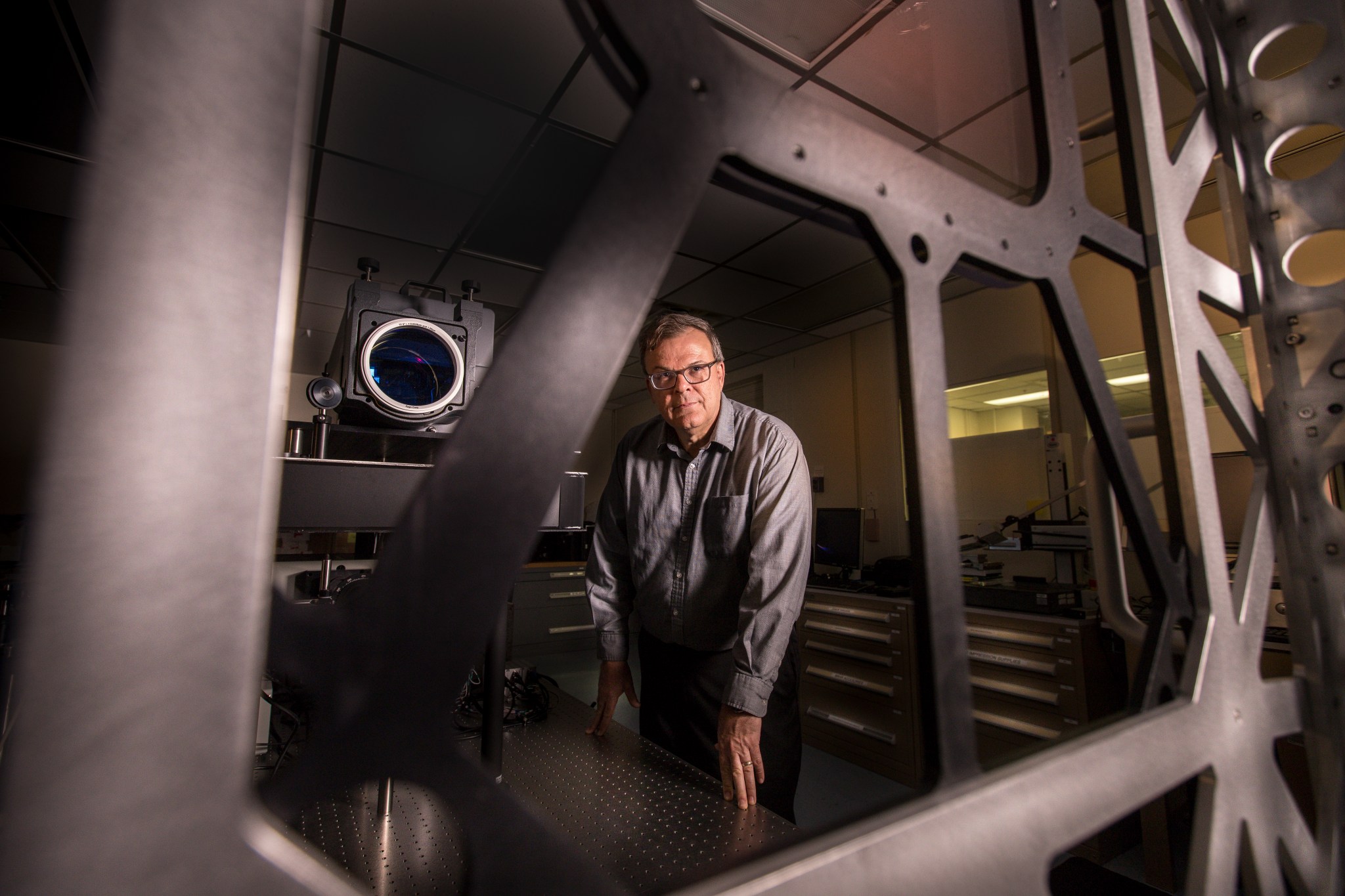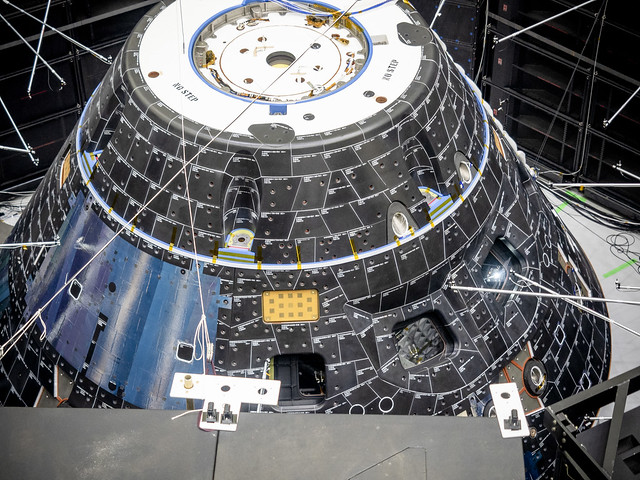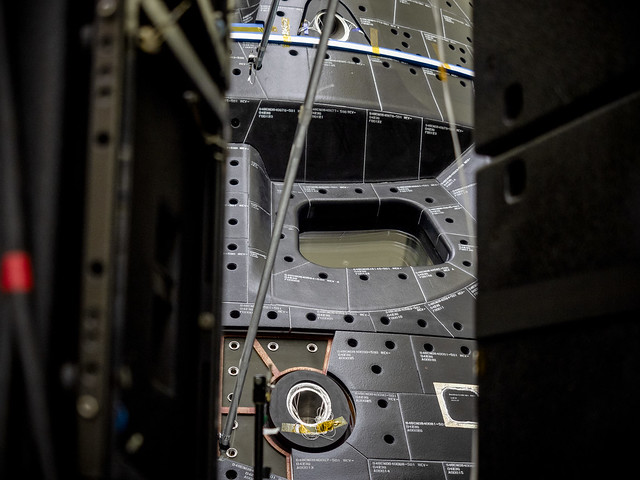
By Jim Cawley
NASA’s Kennedy Space Center
The first Artemis mission may not have astronauts to peer through the windows of NASA’s Orion spacecraft as it makes its trip around the Moon, but the agency will share those views with the world. Orion’s windows for the upcoming flight have recently undergone stringent evaluation and assessment to ensure optimal optical performance, and are just one test away from receiving final approval for the mission.
“Everything for Artemis 1 windows testing is nearly complete,” said Susan Danley, a windows engineer who has worked at the agency’s Kennedy Space Center in Florida for 15 years. “The final step in evaluating the windows is vibration testing, which will be completed in the coming months as part of the structural/pressure testing.”
The process received a significant boost with the recent completion of optical verification testing, performed by Mark Nurge, Ph.D., a physicist in Kennedy’s Applied Physics Lab. Each window has three panes: a fused silica thermal pane, an acrylic pressure pane and a redundant pane. Nurge examined all 19 windows for the spacecraft, including the launch abort system, individually and in their stacked configuration.
Nurge’s testing and evaluation of Orion’s windows involved the use of a laser interferometer, which is able to determine — with extreme precision — the level of distortion and imperfection to ensure high quality optical performance. An interferometer works by merging two or more sources of light to make precise measurements of an interference pattern; hence ‘interfere-meter.’ Engineers shoot a red laser through a 6-inch diameter region of the window; that laser bounces off a mirror behind the window and is processed by the interferometer.
Data from the interferometer is used to measure variations and thickness across the windows, along with transmission, which looks at the overall amount of light passing through the window. Nurge also evaluated color balance, haze and the quality of light as it passes through the window.

“These procedures will be performed for each mission to ensure the windows provide the optical performance required, not only for this uncrewed mission, but also for future astronauts as NASA sends the next man and first woman to land on the Moon,” Nurge said.
Artemis 1 will be the first flight test of NASA’s Space Launch System rocket and uncrewed Orion spacecraft as an integrated system. It is the first in a series of increasingly complex missions that will land astronauts on the Moon by 2024, establish a sustainable presence, and enable human exploration to Mars.


























